
Rod Fuentes (4th from left) with other delegates to the 16th Environment Congress for Asia and the Pacific in Nagoya, Japan (from left) UN Development Programme Technical Adviser Mr. Sameer Karki, Convention on Biological Diversity Executive Secretary Dr. Ahmed Djoghlaf, ACB Director Clarissa Arida, His Excellency Mr. Khieu Muth (Secretary of State of Cambodia), and UN Environment Programme Regional Director for Asia and the Pacific Region Dr. Surendra Shresta. Photo courtesy of the Public Affairs Office, ACB.
While these factors reflect the positive aspects of the region, ASEAN has also some negative aspects that make a case more compelling for establishing a biodiversity centre. First, the region has 7 of the 34 known biodiversity hotspots in the world. Biodiversity hotspots, as defined by the Conservation International, are areas that contain at least 1,500 species of vascular plants (> 0.5 percent of the world’s total) as endemics, and have lost at least 70 percent of its original habitat. Second, ASEAN has one of the fastest rates of habitat loss globally. For example ASEAN’s forest resources: for the period 2000-2005 alone, FAO reported that the average annual forest change is placed at 1 percent as against the global average of only 0.18 percent per annum, making region having the highest rate of forest loss in the world. The same pattern is reported with regard to our coastal and marine resources where it is estimated that more than 80% of the reefs are at risk from destructive fishing practices and coral bleaching. Third, ASEAN in general has diverse economies with some countries having very high standards of living while others belonging to the category of least developed countries with GDP per capita of less than a thousand US dollars. With such income disparity, the drive for economic prosperity, particularly by countries trying to catch up economically can be intense using their natural capital as the source for propelling their respective country’s development prospects. The pressure on the biodiversity resources of the region can be unrelenting brought about by the desire of countries to urbanize and industrialize without due regard for the negative consequences of an irreversible environmental deterioration.
These factors provide the raison d’ etre for the creation of the Centre.
Why here in the Philippines? More than the reason of being political, the Philippines represents the key characteristics of a biologically diverse country in the region but facing tremendous environmental challenges as described above.
Just consider the following facts about the Philippine biodiversity:
- 15,000 plant species (50 percent are endemic)
- 179 species of land mammals (111 are endemic)
- 105 species of amphibians (82 are endemic)
- 258 species of reptiles (168 are endemic)
- 576 species of birds (195 are endemic)
- 77 mangroves and assorted species
- 2,500 species of reef fishes
- 430 species of corals
- 5 species of marine turtles
- 25 species of marine mammals
ACB therefore is a “natural niche” for the Philippines. Perhaps an additional factor that persuaded the other ASEAN countries to consider the Philippines as the host for Centre is also their recognition of a number of pioneering initiatives the country has taken in managing its biodiversity resources particularly in the areas of community based approaches for managing protected areas, the recognition of indigenous communities, efforts to attaining the principles of access and benefit sharing (ABS) of biological resources and others.
This is page 2
Last Updated on October 12, 2016 by Tudla_Admin


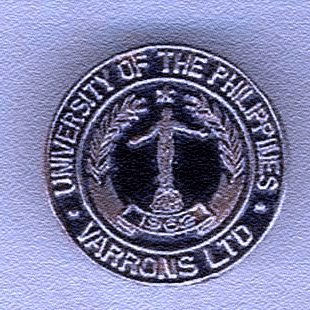

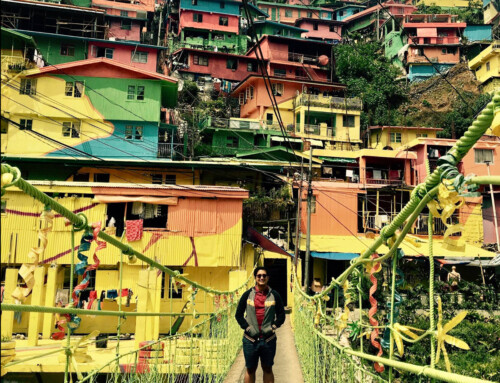



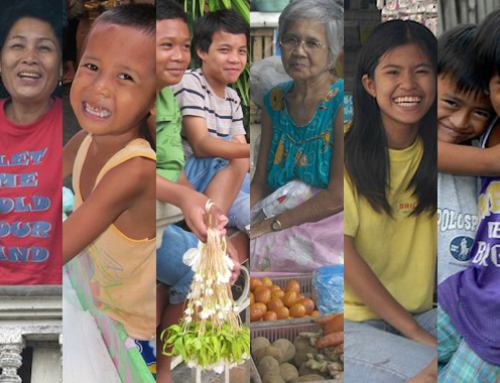
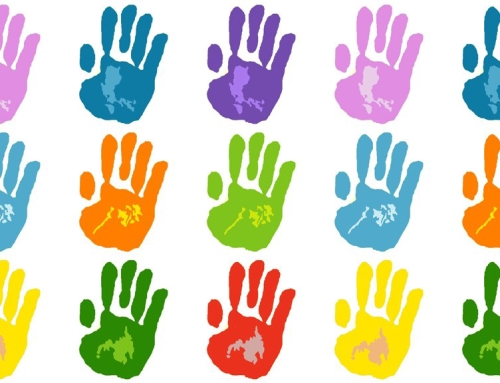
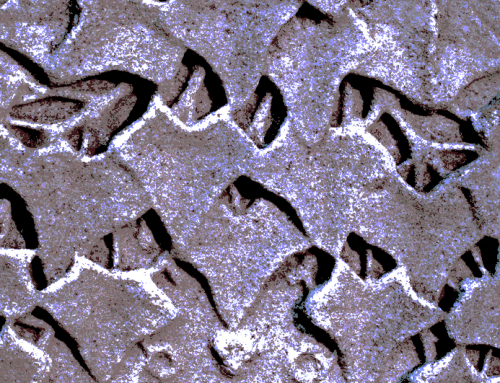
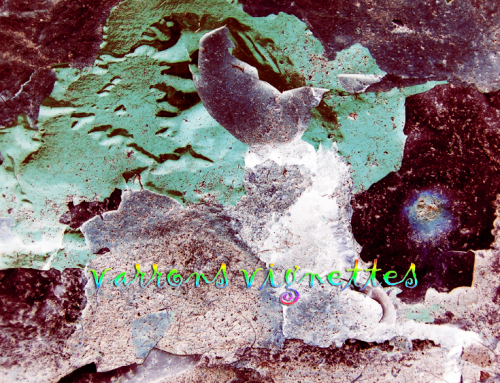
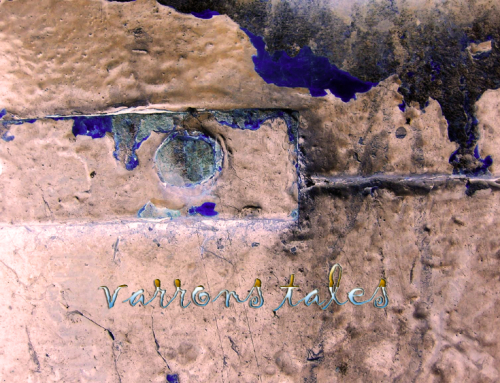
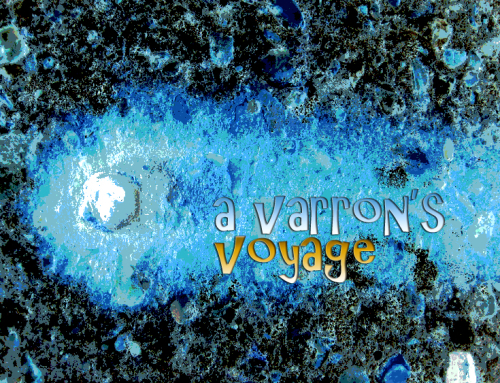


[…] Rodrigo “Rod” Fuentes (Montreal ‘76) is the recipient of the 2009 Most Outstanding Professional in Forestry by the Professional Regulatory Commission (PRC) in the Philippines. In its citation, the PRC highlighted, among others, Rod’s ” exempliying professional competence of the highest degree with integrity in over 20 years of practice of his profession as a sustainable development and urban and regional planning specialist in planning, policy advisory, program design, implementation and management of environment and sustainable development initiatives, natural resource and urban development projects.” […]